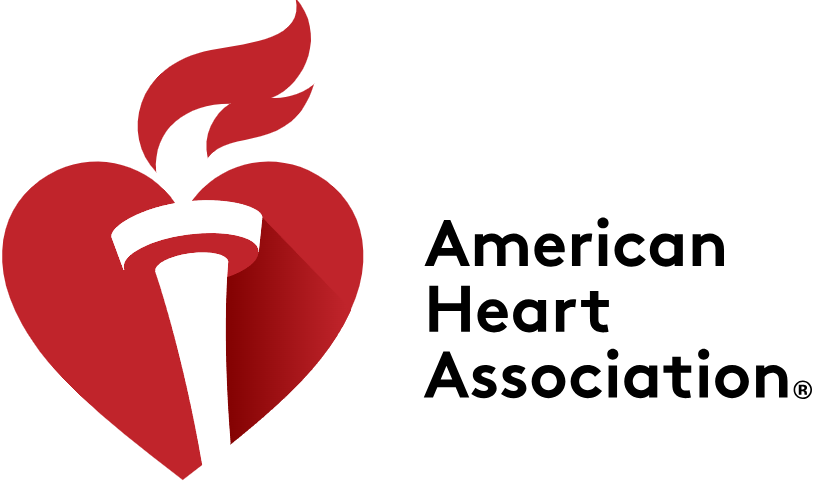Shelter in Place Training

Shelter in Place Training
Keywords: shelter in place, shelter in disaster, shelter in hazard, shelter in place training, disaster shelter training, hazard shelter training
What should we do when disaster strikes, and we are either advised not to evacuate or it is too late to evacuate? In some cases, staying at home, at work, or in another location might be safer. Shelter in Place Training will teach you the principles and techniques for sheltering in place during various emergencies, including:
Sheltering in Place During an Active Shooter Event
An active shooter is an individual attempting to shoot people in an enclosed or densely populated area. Active shooters usually use firearms and do not follow any pattern in selecting victims.
Sheltering in Place During a Chemical Hazard
If you are advised not to evacuate or it’s too late to do so. Chemical agents are toxic vapors, aerosols, liquids, and solids that can have harmful effects on humans, animals, or plants.
Sheltering in Place During an Earthquake
An earthquake is the sudden and rapid shaking of the earth caused by the breaking and shifting of rock beneath the ground. Earthquakes can cause buildings to collapse, heavy objects to fall, and lead to injury or property damage.
Sheltering in Place During Flooding or Flash Flooding
Flooding is one of the most common natural disasters. Floods can develop slowly or occur suddenly without warning. Flash floods are sudden floods caused by heavy rainfall, dam or levee failure, mudslides, or ice jams, which result in a large amount of water in a short time.
Sheltering in Place During a Hurricane (High Winds, Flooding, and Storm Surge)
Hurricanes are massive storm systems that form over warm ocean waters and move toward land. Hurricane threats include strong winds, heavy rain, storm surge, coastal and inland flooding, rip currents, tornadoes, and landslides.
Sheltering in Place During a Nuclear or Radiation Emergency
A nuclear explosion can cause significant destruction and casualties. Exposure to dangerous radiation that falls to the ground can lead to severe illness. Radioactive fallout usually begins to settle around 10 minutes after an explosion, giving you time to find proper shelter.
Sheltering in Place During a Pandemic Outbreak
When disaster strikes, staying at home, at work, or another place might be safer. A pandemic refers to an outbreak of disease that spreads across several countries and affects large populations. As the virus is new to humans, most people would not have immunity, and vaccines may not be available immediately.
Sheltering in Place During a Thunderstorm
Lightning is a leading cause of weather-related injury and death. Thunderstorms are dangerous storms that include lightning. Tornadoes are violently rotating columns of air extending from thunderstorms to the ground. Tornadoes can destroy buildings, flip cars, and create deadly flying debris.
Sheltering in Place During a Winter Storm
Winter storms increase the risk of traffic accidents, hypothermia, frostbite, carbon monoxide poisoning, and heart attacks due to overexertion.
Contact Us
Phone: +86 (21) 6091 8290
Email:
This email address is being protected from spambots. You need JavaScript enabled to view it.
























